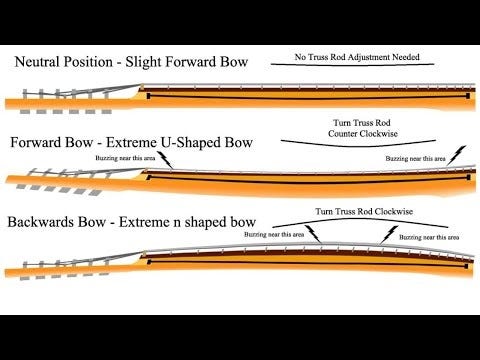


Things Look for When Buying a Used Guitar
There are numerous benefits to choosing a used guitar over a brand-new one. Regardless of whether you want to save money on your first guitar, upgrade, or even add a new guitar to your collection. First and foremost, there is the cost. A used guitar will typically be much less expensive than a new one, and you can often reduce the price even lower by haggling with the vendor. If you desire a guitar built in a specific year or a model that is no longer manufactured, that is an additional justification. Some guitarists like second-hand instruments over brand-new ones because they believe that guitars get better with age. Another explanation is that after playing it, you simply had to have it. It may sound strange, but it’s uncommon to pick up a guitar and feel inspired right away. You might as well propose to buy it in this situation.

The guitar’s neck carries the strings from its body to its head . The neck is under a lot of stress from the strings, which gives it a little curve. The neck may be twisted, convex, or concave if there is a problem. As a result, the strings may be too near to or too far from the neck, which might generate fret buzz if a string hits one, two, or, worse still, all frets. Truss rod adjustments are all that’s required occasionally, but other times there are more complicated issues. In that scenario, it is advised that you speak with a guitar repairman.

The guitar’s top has a significant role in the resonance and sound of the instrument. The top is likewise fitted with the bridge. The top’s material has an impact on the sound. This could be made of plastic, solid wood, or laminated wood. A solid wood top is typically preferred over a laminated one. This is due to the fact that a solid piece of wood, rather than wood layers pressed together with a laminated wood print layer on top, produces a top with the best resonance. Looking at the side of the sound hole is the ideal place to search for a solid wood top. The nerves can frequently be seen spreading to the side while the top is solid. With a laminated top, the layers are frequently visible.
A guitar’s tuning pegs are attached to the guitar’s head. They are utilized in guitar tuning. To check that the pegs are moving quietly and without any creaking or squeaking, turn them. Additionally, make sure the pegs maintain the tension on the strings. The tension in the strings is occasionally released by the pegs. The tuning pegs of a guitar can be changed easily.
Frets on a guitar will gradually deteriorate if it has been played for a prolonged period of time. The strings’ friction with the frets is to blame for this. This causes irregularities over time by wearing down the frets. This is a typical issue with the early stages of fret buzz. Sometimes repositioning the neck will help. The strings will sit farther out from the neck as a result, making it tougher to play the guitar. The frets will eventually need to be resurfaced or replaced, even then. When purchasing a used guitar, you should pay special attention to this.

Worn out frets before and new frets after.
The one thing an electric guitar should not do is generate noise if you even slightly move. When connecting an output jack to an amplifier, make sure to thoroughly inspect it. Make sure the connection is silent by fiddling with the cord. If it’s noisy, weak soldering is probably at blame, however it could also be a sign of something more serious. If you’re feeling daring, you can get this instrument, but be sure to account for the noise in the cost. Turn the knobs and switch pickups while the guitar is plugged in. Even though noisy knobs are simple to fix, they may be a sign that the guitar wasn’t treated properly. Nevertheless, if the guitar’s only issue is with its noisy knobs, you can probably ignore it and take care of the noisy knobs on your own.